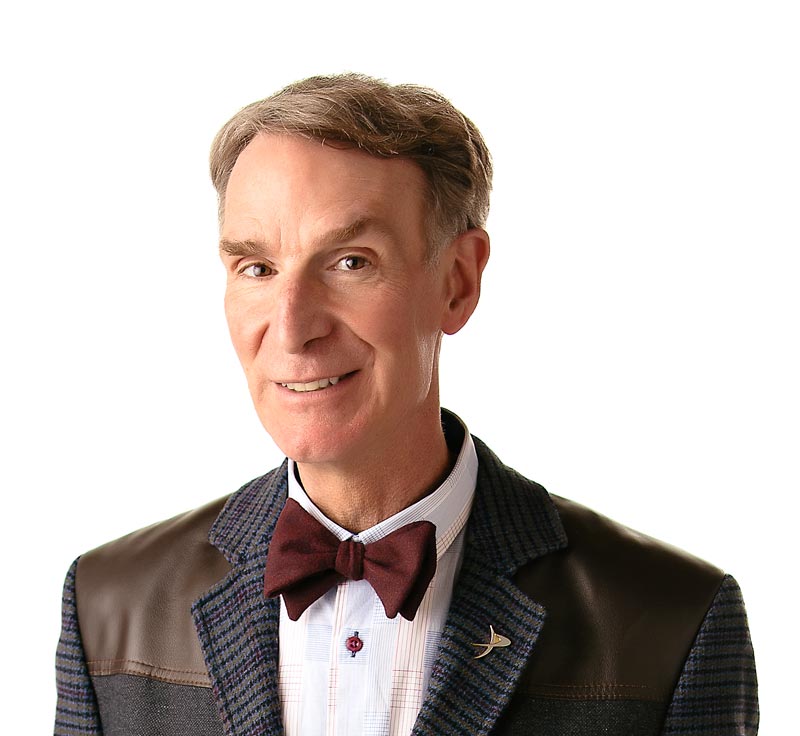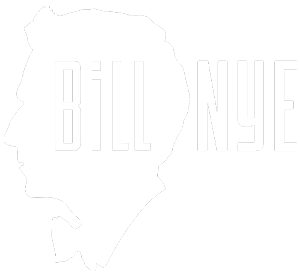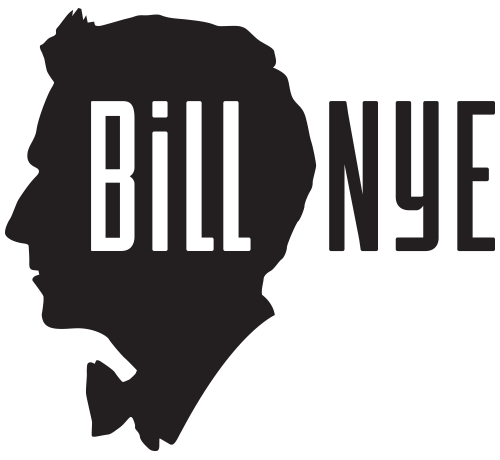Do-It-Yourself Science
Who, what, where, why and how are powerful question words.
Over centuries, humans came up with a way for answering questions and proving answers, called the scientific method. A good question is just the beginning. What’s so great about the scientific method? Once you learn how it works, you can use it to help solve just about any problem.
Do-it-yourself science involves a question, observations, a hypothesis, and experimentation. You have probably come up with questions after you noticed something unusual. For instance, why do fingers get all pruny and wrinkled when I sit in the tub? The observation – shriveled fingertips – is the first step. Do-it-yourself science requires an eye for details surrounding your observations. Collecting related information helps you get to the next step, what scientists call a hypothesis, or “educated” guess. After weighing all the evidence, you hypothesize that your fingers get pruny because of the hot water in the tub. Once you have a hypothesis, it’s time for the fun part – testing it out.
Testing a hypothesis means performing experiments. Not all experiments involve beakers and bubbling machines in elaborate laboratories. Researchers sometimes spend years just developing the tools they need to perform an experiment properly. To test the “prune finger” hypothesis, you experiment by sitting in a tub of hot water and then later in a tub of cold water, keeping track of what happens in a notebook. Making good observations and measurements provides a scientist with a way to compare results and figure out what is going on. The final test of a good experiment is whether or not it can be repeated – if you get different results each time, then there’s more experimenting to do.
The coolest thing about do-it-yourself science is that each experiment seems to create as many questions as answers. There’s something new to discover around every turn.
The Big Ideas
- The scientific method is a process of solving questions by testing hypotheses
- Science is something you can do all by yourself.
Did You Know That?
- It took Orville and Wilbur Wright five years to build and fly the first airplane?
- Great inventions don’t always start out that way?
Books of Science!
- Science Experiments You Can Eatby Vicki CobbHarperCollins Publishers, 1994
- Famous Experiments How to Repeat Themby Brent FilsonJulian Messner Publishers, 1986
- How to Think Like a Scientistby Stephen P. KramerThomas Y. Crowell Junior Books, 1987


